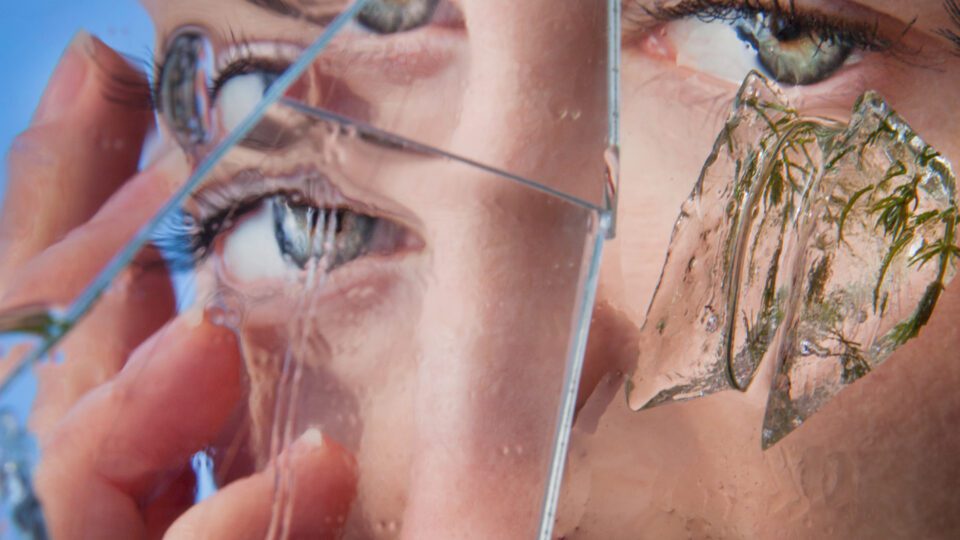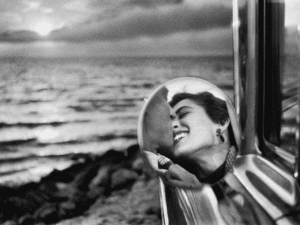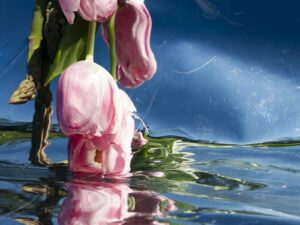Pocket watches and insects cascade into a pool of water. A woman gazes intently into the camera, her face fractured by shards of glass. A pile of rotten fruit blurs into a warped mirror. This is the surreal world of Danish photographer Henriette Sabroe Ebbesen (b. 1994). Her kaleidoscopic creations invite viewers to step beyond their usual frame of reference. Ebbesen uses reflective surfaces to test the boundaries of reality, producing each shot without digital manipulation or AI. She is trained as a medical doctor, something which influences much of her creative practice and worldview. Her work has been widely exhibited across the USA and Europe, and featured in publications like Vanity Fair Italia, Vogue and Le Petit Voyeur. We spoke with the artist about her latest show at Fotografiska Tallinn, how her background as a doctor informs her creative approach and the role of Artificial Intelligence in art.
A: Tell us about how you started working in photography?
HSE: When I was younger, I thought if you want to become an artist you had to paint, draw or create sculptures. In Denmark, the focus is more oriented towards photojournalism so I didn’t consider photography as an option. By coincidence I took a course in photography at Georgia Southern University through the Georgia Rotary Student Program, which allowed me to study art for one year. My teacher taught us how to use the medium as a mode of self-expression. When I picked up the camera, I immediately found my own artistic expression and style.
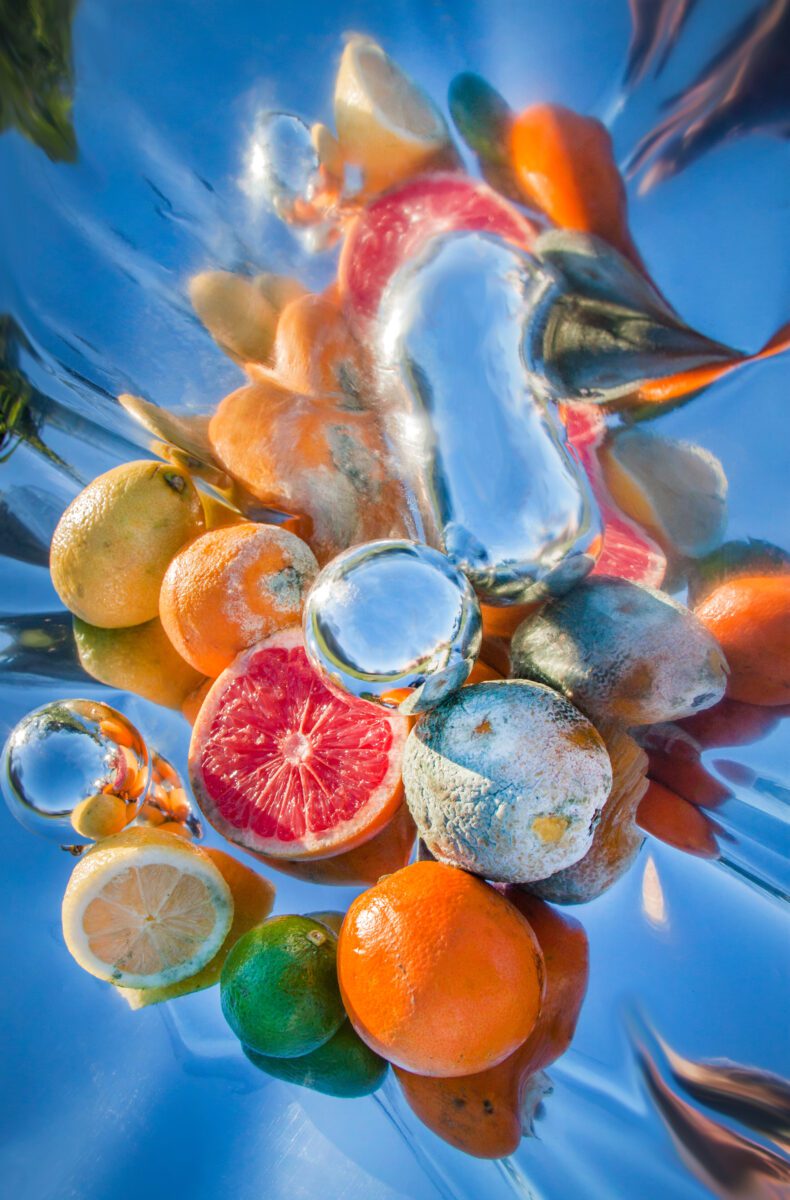

A: How does your background and training in medicine inform your artistic practice?
HSE: I believe inspiration comes from everywhere. It is interesting that a lot of my work revolves around the body as it was never a conscious choice, I just followed my intuition. During my medical studies, I worked as an assistant for my mother who is a plastic surgeon. I guess you can say that I also reconstruct the body in my photographs. I think working with the body as an artist is similar to how I work as a doctor when examining a patient. In both cases, consent and respect are essential. If I’m medically observing a person, I am focused on the task rather than being aware of the person. It’s the same when I photograph.
A: Decay appears as a subtle undercurrent in your works, like the appearance of rotting or mouldy fruit. Would you say your work is, in some sense, about mortality?
HSE: Yes, my work is very much about the contrast between life and death. I have always had a sense that I need to make the most of my life while I can, since there are just no guarantees. I really hope that I will have a long and healthy life, as there are so many things I still want to experience. This feeling is portrayed in my work. There is a juxtaposition between vibrant light and colours – symbolising joy and excitement – and rotten fruits, melting faces and distorted bodies, which represent a fear of mortality.
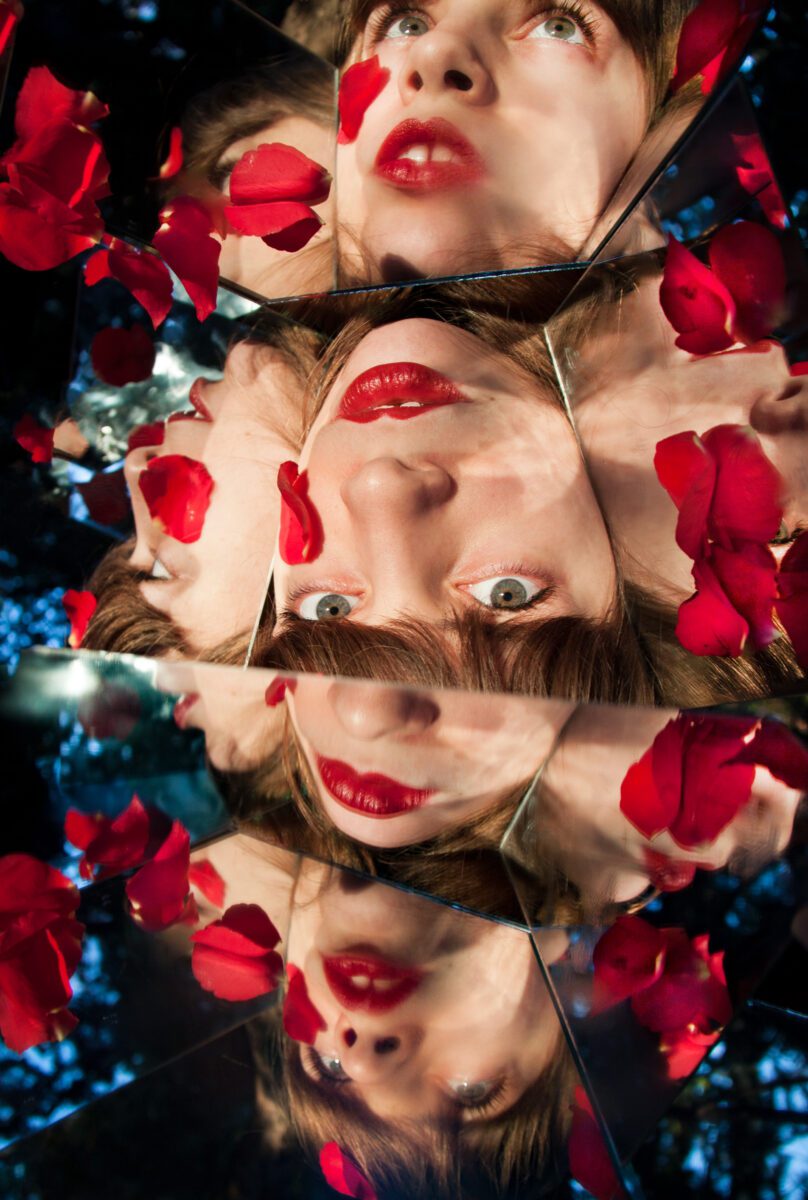
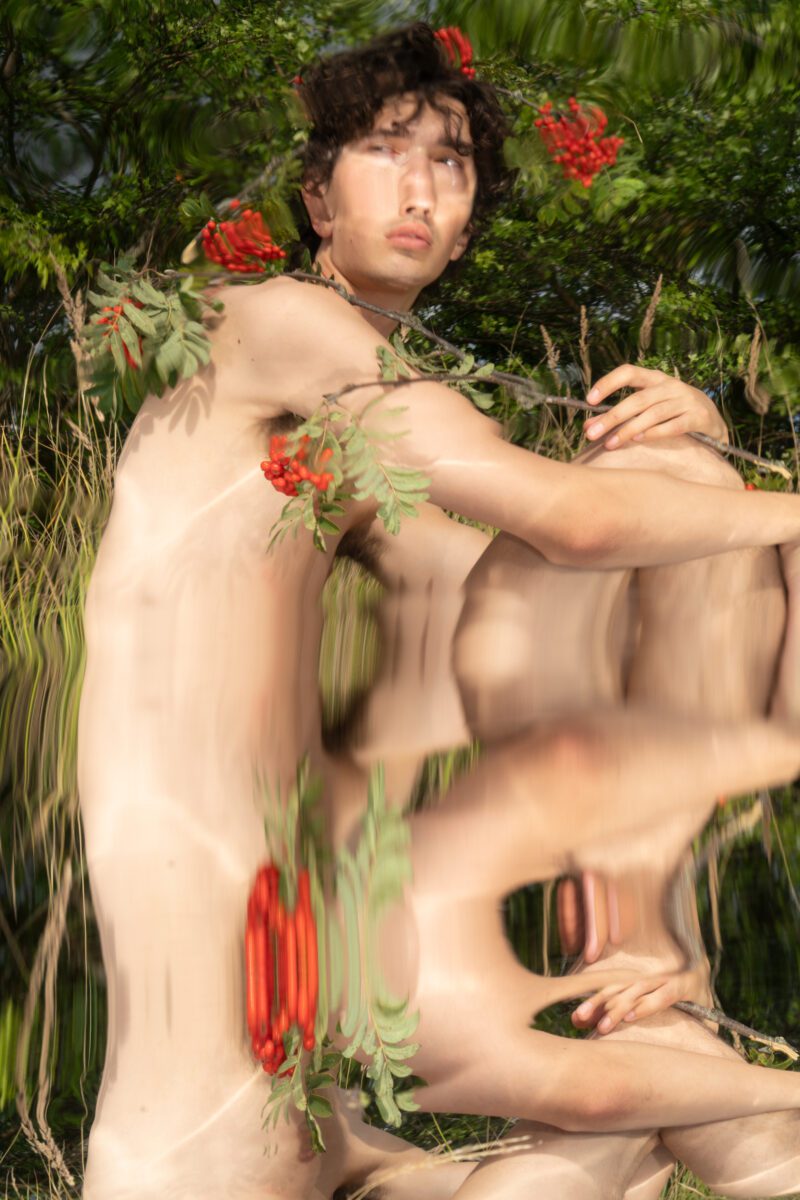
A: You often cite scientific concepts – like the theory of relativity and mathematical principles – as the inspiration behind your work, but you visualise these ideas in a surreal way. Why is science central to your practice?
HSE: I don’t know where my fascination with science comes from, but I’ve always been interested in it. Some mathematical structures and physical laws are so complex that they seem surreal. For me, it is a creative language just like art, so I try to draw a bit of science into my art practice and a bit of art into my scientific practice. Both careers influence one another. For example, I’m interested in understanding what happens in the brain when you create art. This has led to a research project in collaboration with a clinical psychiatrist, determining the overlaps in ways of thinking between creatives and people diagnosed with a mental illness. I think a better understanding of the links and differences between the two could both be interesting in terms of where creativity comes from and possibly help people suffering from mental illness with better diagnosing and treatment.
A: You deliberately avoid AI and digital manipulation, instead creating illusions solely through physical means. What draws you to this analogue approach in an era dominated by the virtual?
HSE: I developed my technique and visual language before AI was commonly used, so it was never a deliberate choice. I could have done more with Photoshop, but that is not as fun to me as experimenting with physical tools on the shoot. I think the reason my colours, light and distortions look so real, is because they are real. Creating my images the old school way also serves a purpose concept wise, as I ask the question: “what is reality?” Images are more powerful if the viewer knows what they are seeing is genuine.
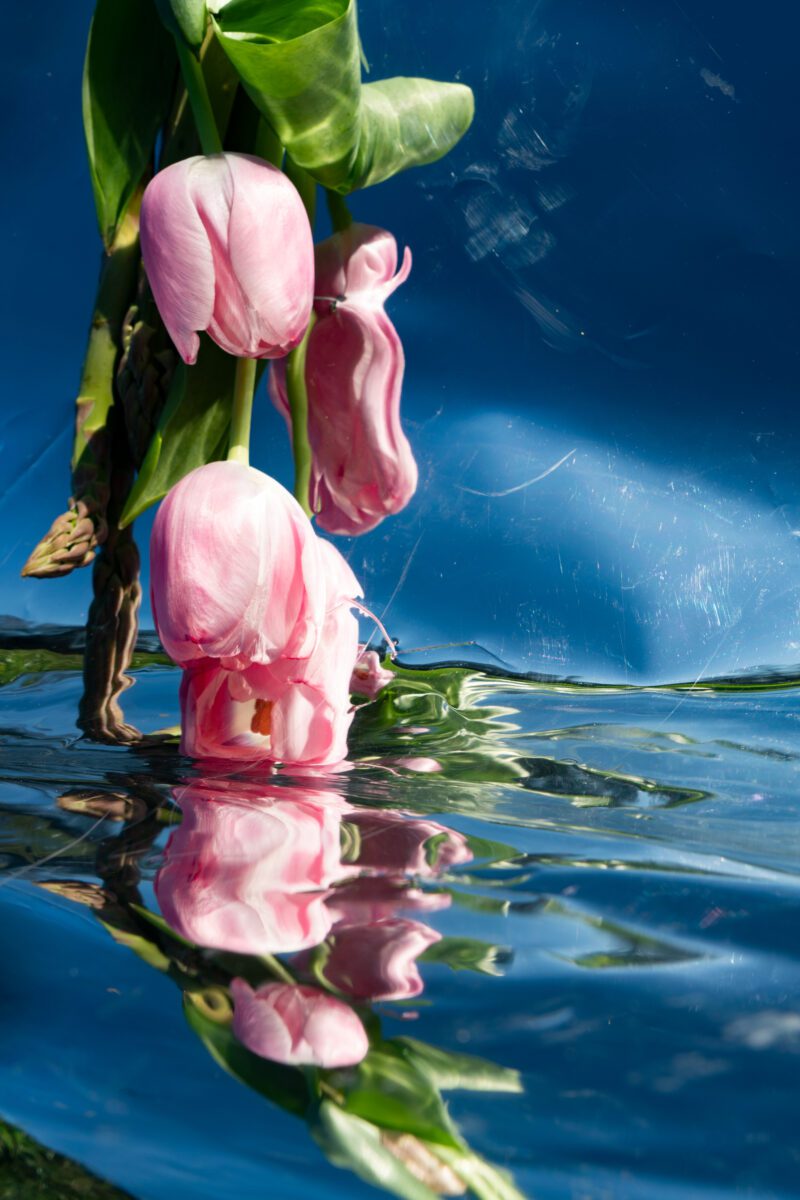
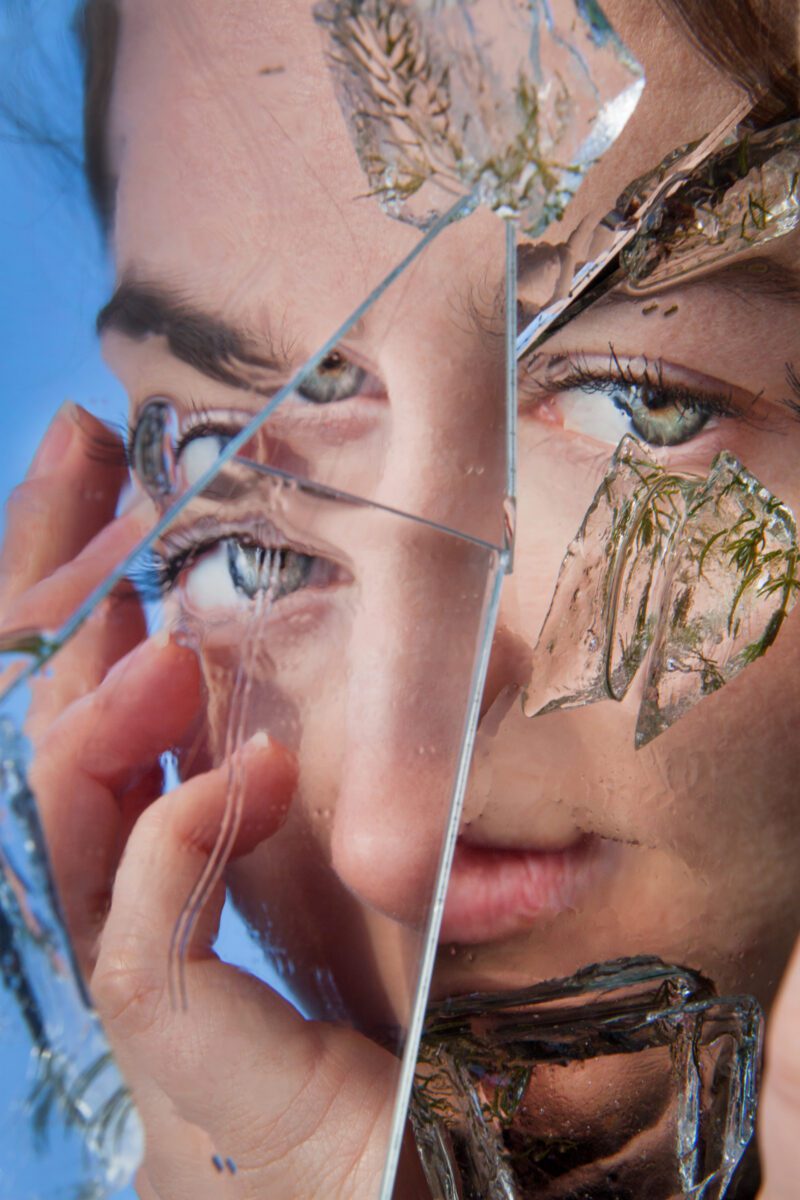
A: How do you see AI and digital manipulation shaping the nature of lens-based practice?
HSE: AI has given us new creative possibilities, and I think in the future it will be regarded just as a tool for artists, much like the calculator is for a mathematician. When photography was invented, the art world was worried about what would happen to painting. Instead, the two have developed and shaped each other in new and interesting directions. I think something similar will happen with AI and photography. Maybe I will also want to experiment with it in the future, but it needs to make sense within the concept of my art.
A: What do you hope viewers take away from visiting the show?
HSE: I want audiences to be moved and feel something from seeing my work. I think that is the goal for every artist. I’d also like the exhibition to inspire the viewers with new ideas for their own work and life.
A: What’s next? Are you working on anything else?
HSE: At the moment, I’m trying to draw my work into experimentation again. I need to keep trying new genres and techniques. I also think you need to always develop as a creative, or your art becomes boring. Recently, I have been working with analog photography and collages, which is something I want to explore further.
Kaleidoscope is at Fotografiska, Tallinn until 5 October: tallinn.fotografiska.com
Words: Emma Jacob & Henriette Sabroe Ebbesen
Image Credits:
1&7. Cracked Ice, Another Face, 2016. © Henriette Sabroe Ebbesen.
2. Oranges, Kaleidoscopic Still Life, 2019. © Henriette Sabroe Ebbesen.
3. A Tribute to Dali. © Henriette Sabroe Ebbesen.
4. Red Lips, Another Face, 2016. © Henriette Sabroe Ebbesen.
5. Anders and Golden Berries, Modern Masculinity, 2021. © Henriette Sabroe Ebbesen.
6. Pink Tulips, Kaleidoscopic Still Life, 2019. © Henriette Sabroe Ebbesen.


